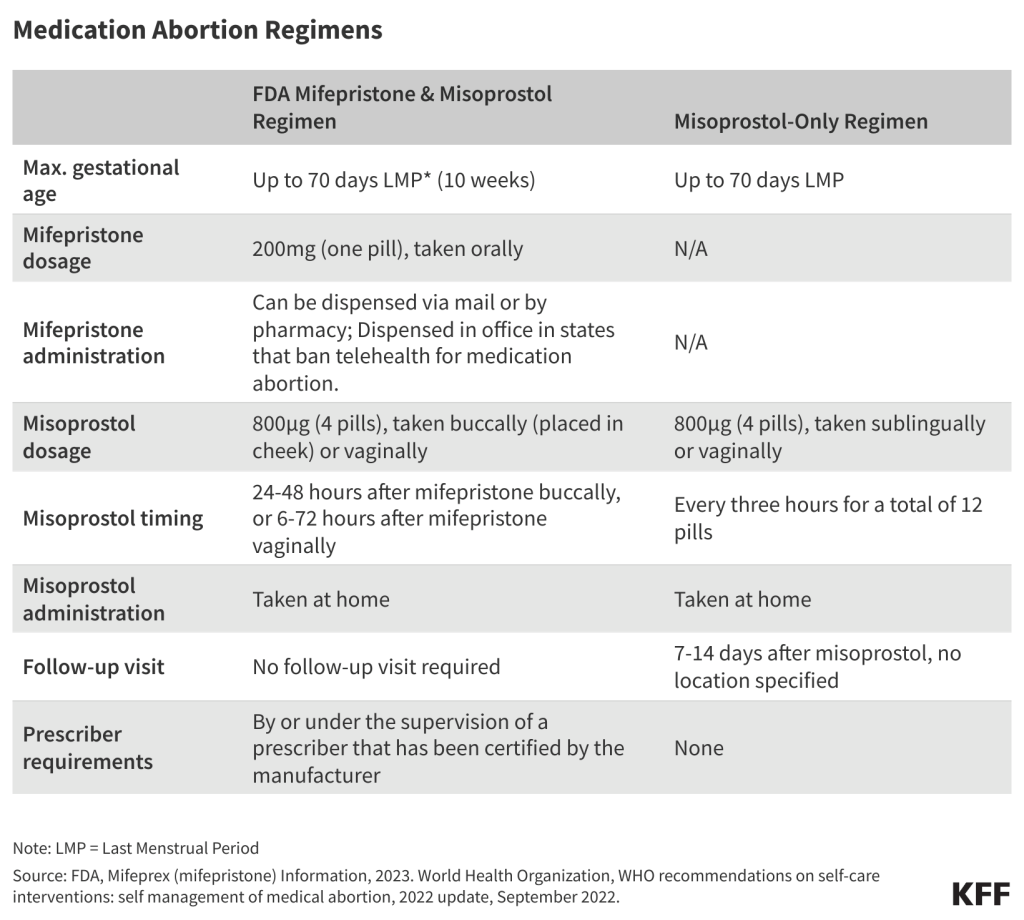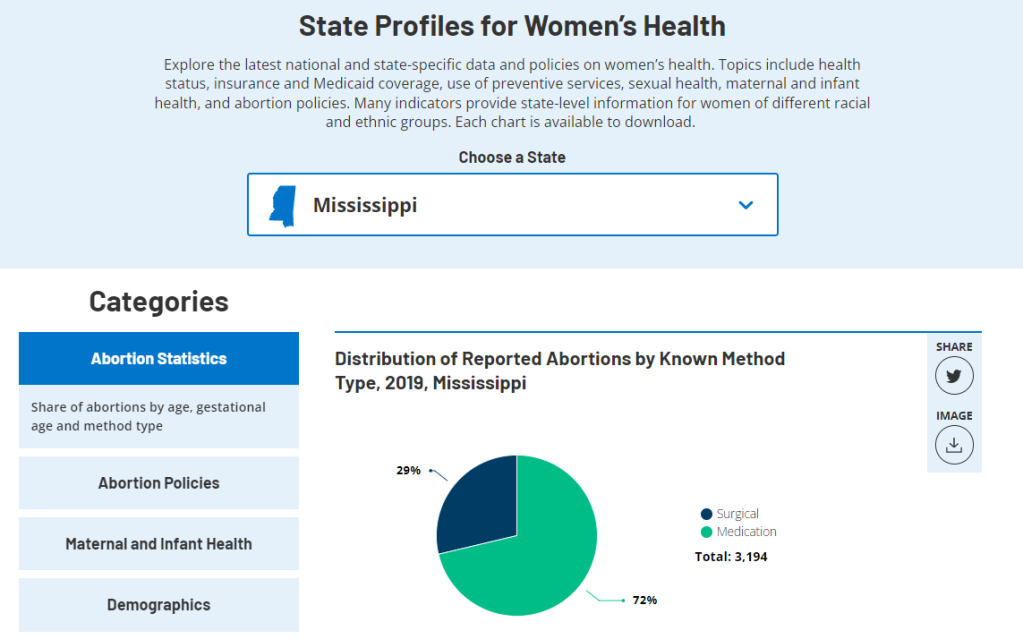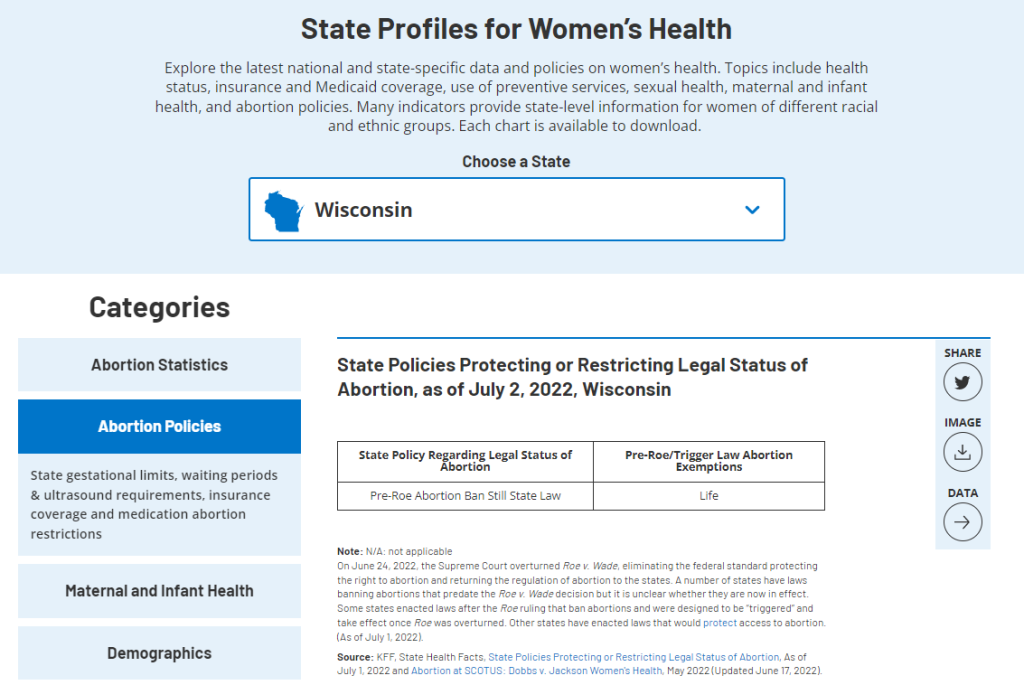Deja Vu: the Future of Abortion Coverage in ACA Marketplace Plans
This policy watch explains how abortion coverage works in ACA Marketplace plans, state actions to include or exclude abortion coverage in these plans, and the potential impact if Congress bans abortion coverage in all Marketplace plans.








